How To Change A User Folder Name In Windows 10
During the Windows installation procedure, many users practise not think about how of import it is to choose the right username. It is the name you lot will see when you lot log in to the operating system and one of the root words on the manner to any installed program. The name of the user's folder depends on the name of the account. In this article, we will look into how you tin rename a user binder in Windows 10.

Content:
- Method one: Creating a new business relationship with the required name and changing its type
- Method 2: Renaming the user information folder in Windows 10 Domicile Edition
- Method 3: Renaming the user data folder in Windows 10 Pro and Enterprise
- What to do if, during the information binder renaming, or moving your information into new user information folder important data was lost?
Oftentimes, when installing Windows, the user is assigned a mutual proper noun – similar "User" or any other. After all, the arrangement may not have been installed by yous. Just in the procedure of utilize, a standard or any different username may annoy or dislike the user. Simple renaming a user binder on C:\Users will not lead to anything. It doesn't work like that. All the same, there are also no functions in the arrangement to change the proper noun of the user folder. And so what to do in this situation?
Method one: Creating a new business relationship with the required name and irresolute its blazon
When using an utterly new account, the deleting of which will not entail whatsoever negative consequences, ane of the options for solving the task volition be to create a new user profile with the necessary name and access level. Later logging into a new account, you can become rid of the old ane by merely deleting information technology.
Important: Later performing this performance, all content in the user'southward binder will be deleted.
To outset with, you lot need to create a new account with the desired username. To do this, you should:
Stride 1: Right-click on "Start" push button and select "Control Panel"
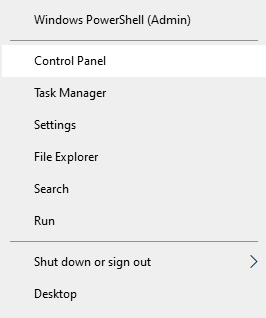
Footstep 2: While in the Control Panel, choose the "Large Icons" display manner and select "User Accounts"
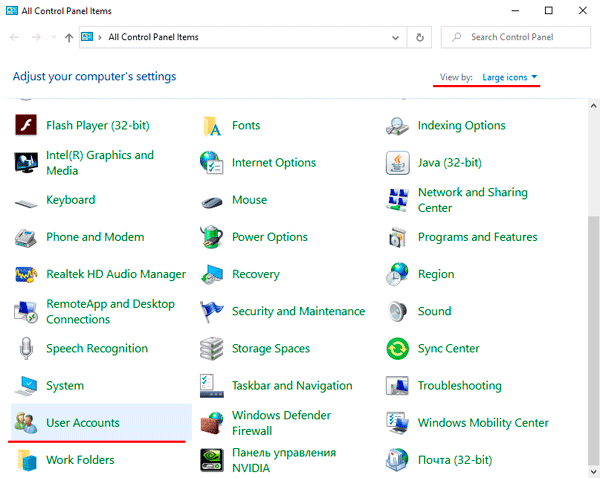
Step 3: In the window that appears, click on "Manage some other account"
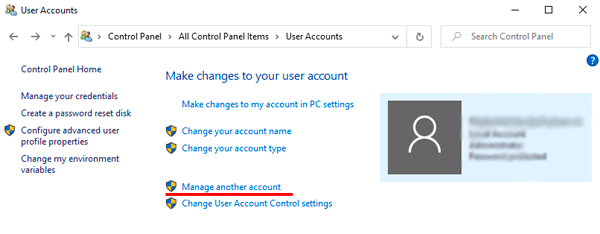
Step 4: To add a new user click on the link "Add a new user in PC settings"
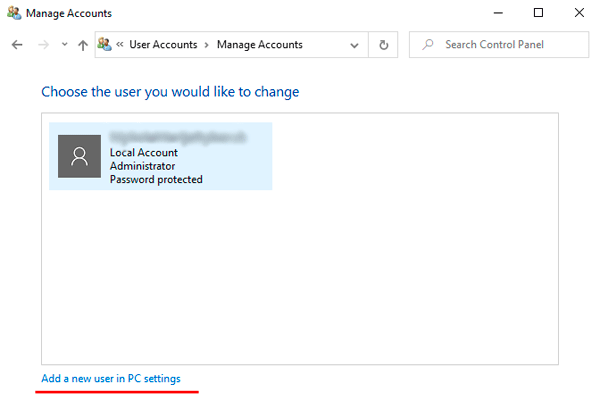
Step v: The organisation will move us to the "Family unit & other users" tab in the settings. Click on the push button "Add someone else to tis PC"
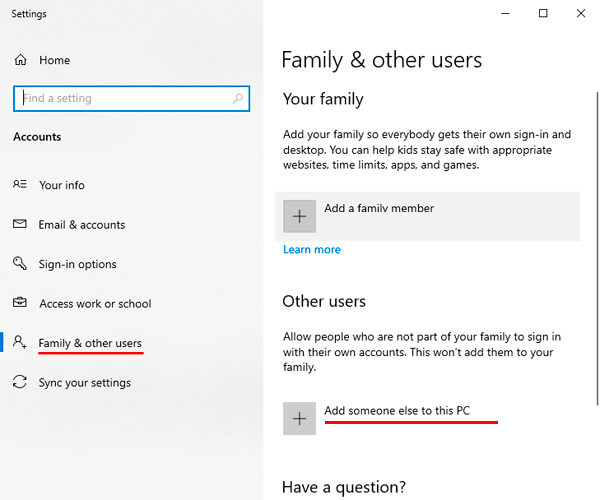
Step 6: In the window that appears, click on "I don't have this person's sign-in information"
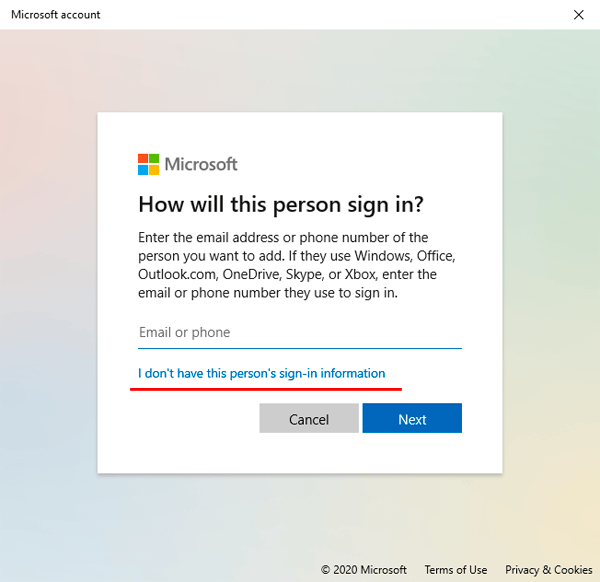
Step 7: Then click on "Add a user without a Microsoft account"
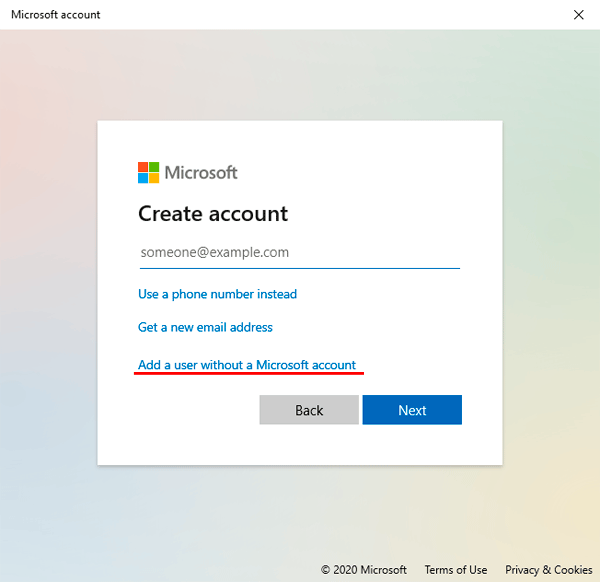
Step 8: Fill in all the necessary fields, and then confirm the action by clicking "Next"
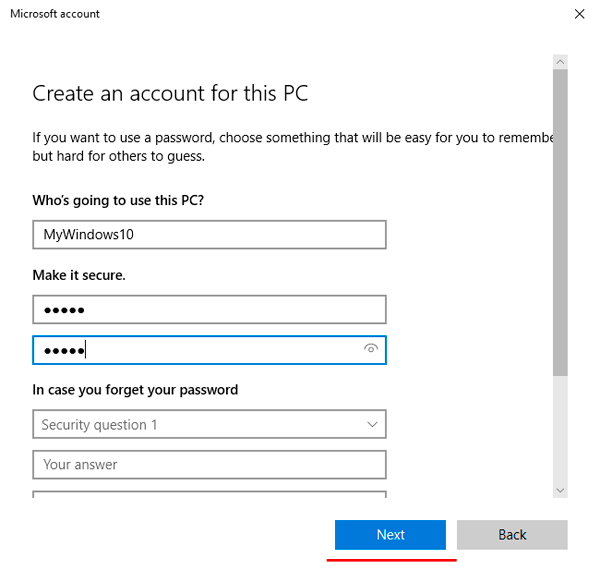
Step ix: Afterwards a new account is created, select a new profile and click on "Change business relationship blazon"
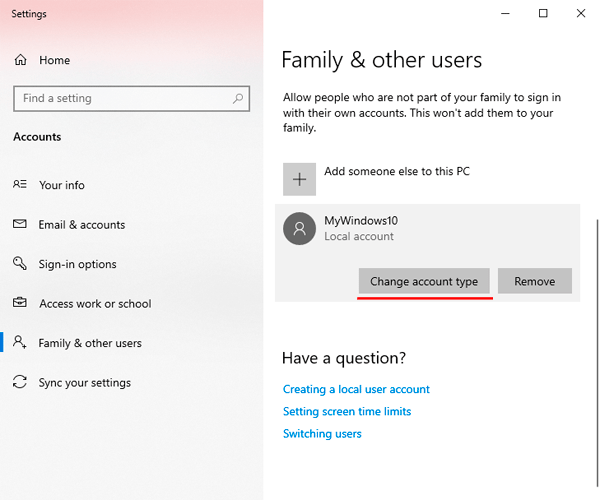
Step 10: Cull "Administrator" from the suggested types and confirm the activeness past clicking "OK"
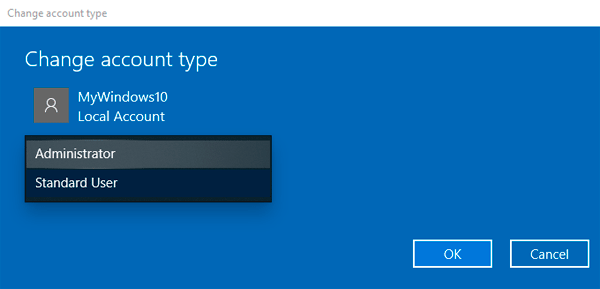
After completing the steps above, you must login to the new profile. To become rid of an already unneeded account, go to the accounts in settings and delete it
Annotation: This method is the simplest one, only as a rule, it is used very rarely.
Method 2: Renaming the user data folder in Windows 10 Habitation Edition
This method is suitable but for Windows 10 Home users. Also, after the procedure, some programs will need to exist re-configured considering they will not be able to discover some configuration files due to changes in the file structure.
To start with, we demand to activate the Administrator business relationship. To practise this, we need to:
Step 1: Correct-click on the «Beginning» button and select «Windows PowerShell (Admin)»
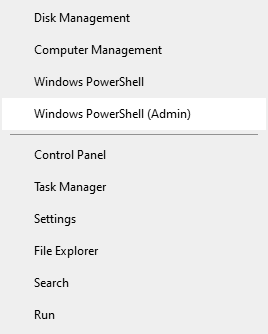
tep ii: Type the «cyberspace user Adminisrtator /active:yes» control and press «Enter»
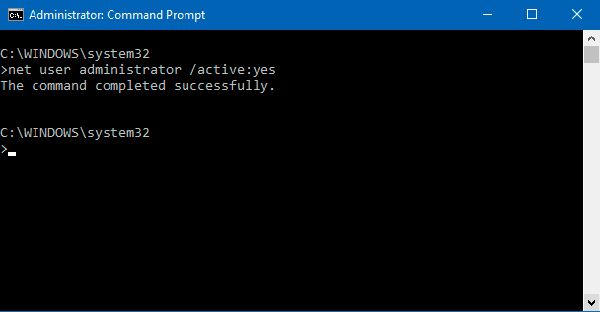
Now, you lot need to sign out of the current account and sign in to the business relationship we but activated. To exercise this, press "Start", then select "Ability" and click "Sign Out"
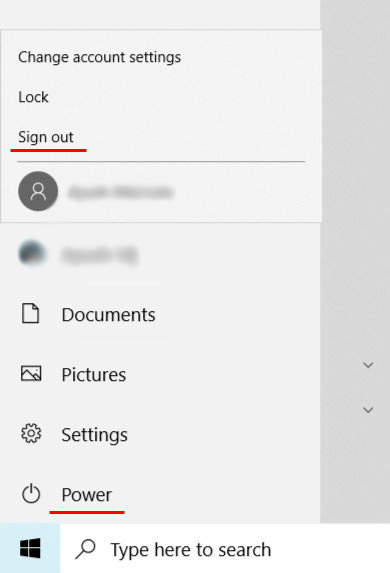
After you sign out, select the ambassador account that we activated earlier. If, for some reason, this business relationship is not present on the screen, you need to restart your computer.
Now, become to the organization directory with all user folders at C:\Users. Rename the user folder via the context menu or by pressing the F2 key.

After that, you demand to make changes to the Windows Registry. To do this:
Step 1: Press the "Win+R" key combination, and in the window that appears, enter the system command "regedit" to starting time the registry editor.
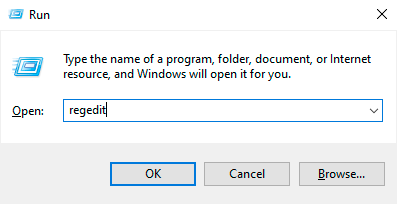
Footstep two: Become to HKEY_LOCALMACHINE\SOFTWARE\Microsoft\Windows NT\CurrentVersion\ProfileList and double left-click on "ProfileList" folder. The contents of this folder should open upward earlier us.
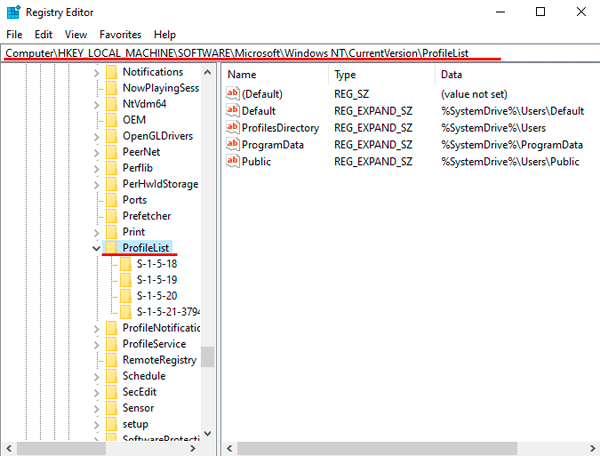
Step 3: Now, you demand to find precisely the folder that links to our account. It volition not be so piece of cake to do considering the folder names contain dashes and numbers. You should open each of them, paying attention inside to the value of the cord "ProfileImagePath", which indicates to which contour the folder links. To see the value of the cord, you demand to click on information technology twice.
Having constitute the necessary folder, enter the updated path to the user directory. Confirm the action by clicking "OK".
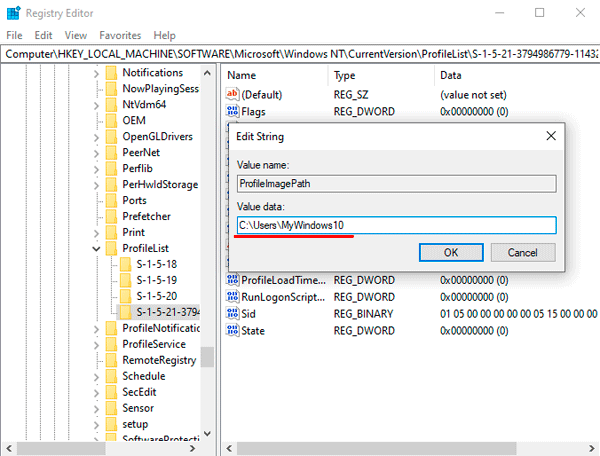
At present yous tin can close the registry editor. The merely thing left is to disable the Ambassador profile. To do this, launch the command prompt as Administrator and type the command "cyberspace user Ambassador /active:no" Press "Enter" to confirm information technology.
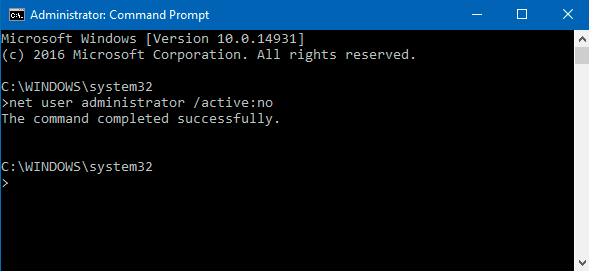
Now information technology remains to restart the organisation and sign in to the account for which the changes were made.
Method 3: Renaming the user information binder in Windows 10 Pro and Enterprise
If you are using Windows 10 Pro or Windows 10 Enterprise, you should rename the user information folder:
Step 1: Log in to your profile with administrator rights, or activate your Administrator profile following the instructions described to a higher place.
Step 2: Open the Start context carte du jour by pressing "Win+X" and clicking on "Computer Management".
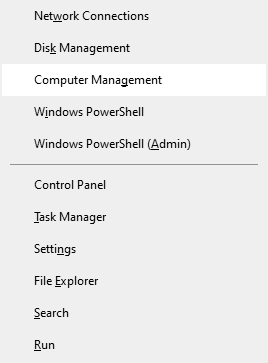
Step 3: Open "Local Users", so open "Users" and select the field with the user name to exist renamed, right-click on it and select "Rename".
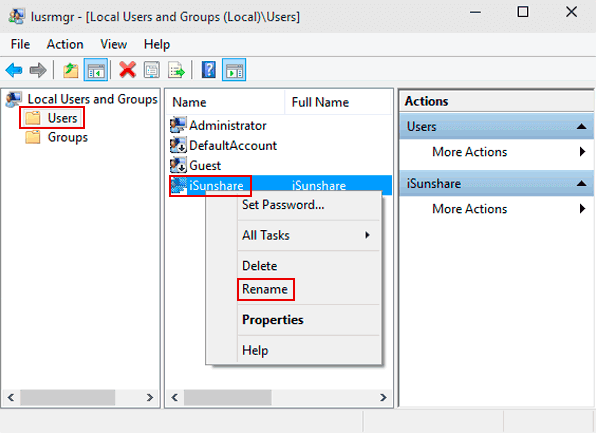
Step four: Enter a new name, then click on any costless infinite in the open window to salvage changes.
Step v: Open the Explorer in whatever user-friendly way (for example, by pressing the Win+Due east keys) and change the user directory name, located at C:\Users
Step 6: Open up the registry editor equally described higher up and get to the list of profiles on the way: HKEY_LOCAL_MACHINE\SOFTWARE\Microsoft\Windows NT\CurrentVersion\ProfileList. Find a folder with the required business relationship, as described above.
Step 7: Double-click on the "ProfileImagePath" string and set a new custom directory path. Confirm the activeness by clicking "OK", and close all windows.
Footstep viii: Open "Windows PowerShell (Admin)" and deactivate the administrator profile by typing "net user administrator /active:no"
Subsequently that, the procedure to modify the proper noun of the user directory can be considered fully completed. Now it is enough to sign out of the Administrator account, and go to the one for which all the actions were performed. If everything has been washed correctly, there volition exist no system errors once the account is started.
What to do if, during the data folder renaming, or moving your information into new user information binder of import data was lost?
Oft, at that place are situations when the user can do something non according to instructions, or during the renaming of the information binder may occur system errors. Unfortunately, sometimes this tin can lead to the loss of of import data that may take been stored on the desktop or elsewhere on disk C. Likewise, there are often situations when due to the manipulations of inexperienced users, Windows stops working, and yous have to reinstall the system, which almost e'er leads to formatting of disk C. What to do if important information was lost?
We strongly recommend you not to make hasty decisions and utilise a professional solution for data recovery RS Partitioning Recovery.
The program is easy to apply and, therefore, suitable even for inexperienced users.
Also, RS Division Recovery successfully recovers lost data in 99% of cases. RS Division recovery supports ALL modern file systems and data recovery from RAID arrays, which significantly emphasizes it among other programs for information recovery.
To recover a lost file you should:
Step 1. Install and launch the RS Partition Recovery.
Step 2. Select the drive or partition from which you desire to recover information.
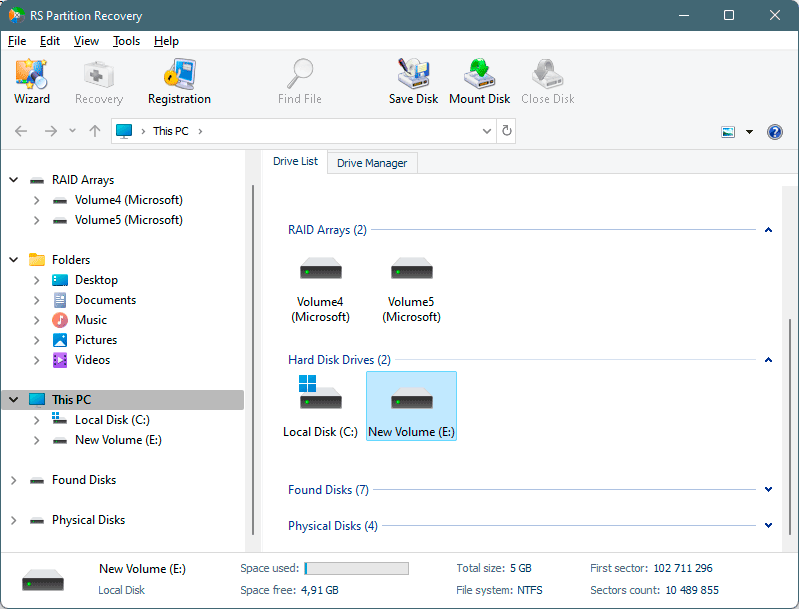
Footstep 3. Cull the type of analysis.
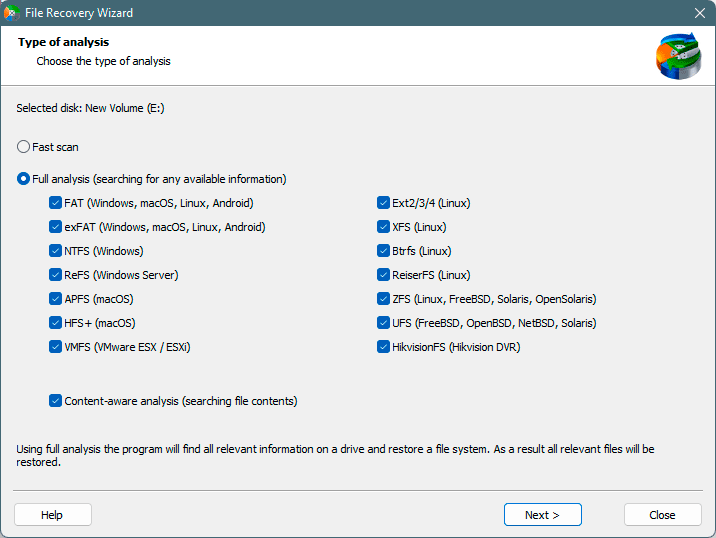
Fast scan you should employ in instance the file was lost recently. The program will scan the bulldoze rapidly and show the files available for recovery.
The Full analysis part allows you to find lost information, after formatting, disc resizing, or file construction corruption (RAW).
Step 4. Preview and select the files to recover it.
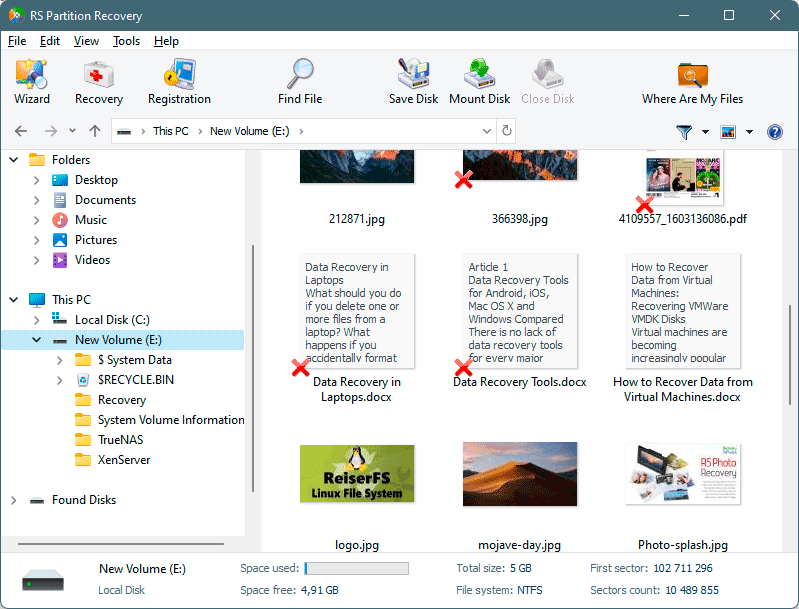
Step 5. Add the files you want to save to the "Restore list" or select the entire sectionalization and click Recovery.
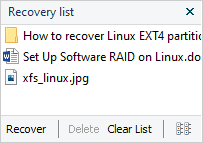
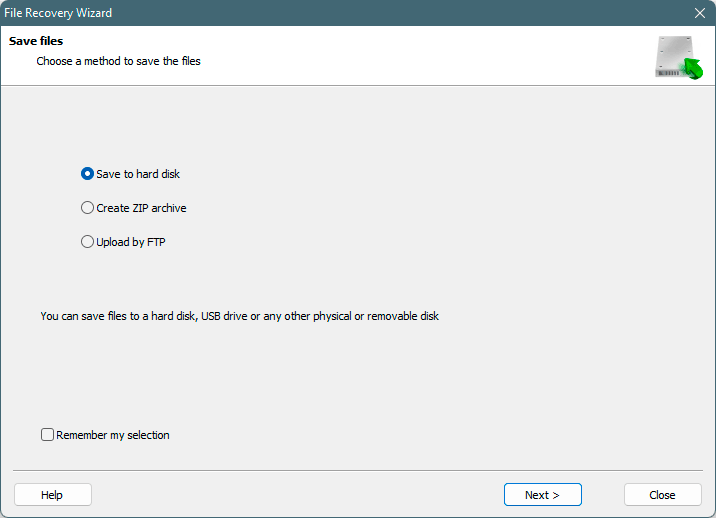
It should be noted that it is best to relieve the recovered file to an external hard drive or USB flash drive.
The procedure of recovering the lost file volition start, and once it is finished, the file volition be available for apply again.
Frequently Asked Question
Source: https://recoverhdd.com/blog/how-to-rename-a-user-data-folder-in-windows-10.html
Posted by: bouchertwor1982.blogspot.com

0 Response to "How To Change A User Folder Name In Windows 10"
Post a Comment